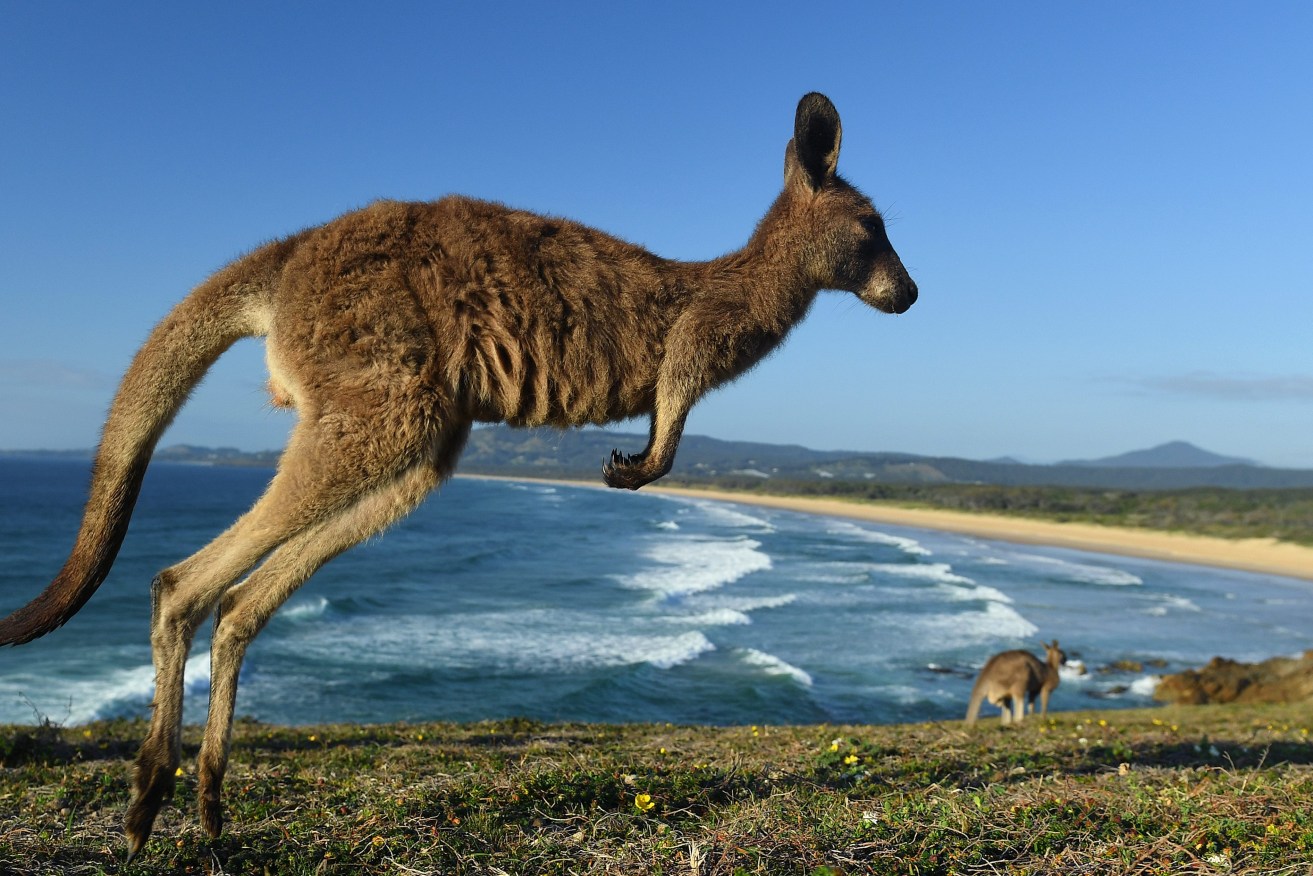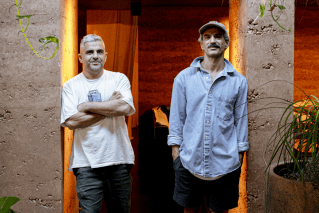Spring in your step: How kangaroo tendon transplants may be cure for knee injuries
Athletes crippled by debilitating knee injuries could soon be hopping their way back to recovery through kangaroo tendon transplants.

Scientists believe kangaroo tendons may help in some forms of orthopaedic surgery. (AAP Image/Dave Hunt)
Tendons in the famously agile marsupial are uniquely strong and long-lasting and could replace damaged knee ligaments in their less limber human counterparts.
How these tendons could be used to treat a ruptured anterior cruciate ligament – an especially common and painful sporting injury – has been the focus of recent research at Sydney’s Macquarie University.
Requiring reconstructive surgery followed by months of rehabilitation, an ACL rupture can mean the end of a season, or even a career.
In Australia, 90 per cent of ACL replacements are completed using a tendon taken from elsewhere in the body with the rest using donations made by people after their death.
The former adds to a patient’s pain and rehabilitation period and the latter has a limited supply.
In addition, up to a quarter of all ACL reconstructions fail.
Macquarie University Hospital orthopedic surgeon Nick Hartnell believes xenografts – using tendons from other species and common in other types of surgery – have enormous potential.
“So far medicine has struggled both to find a suitable donor species that has strong, durable tendons that will not be rejected,” he said.
But tendons from a dead kangaroo were found to be six times stronger than human tendons.
“They are just the greatest thing you could want when you’re reconstructing connective tissue,” Dr Hartnell said.
“They are biologically superior as far as tendons are concerned.
“All of that potential is just being wasted because the tendons aren’t being used for anything.”
Dr Hartnell’s findings show promise the roo tendons will not be rejected and could be stronger and more durable than other graft options.
“I’ve always said that kangaroos are nature’s greatest athletes,” he said.
“They really are the most impressive animals – they can jump lengths of up to 12 metres, clear a three-metre fence and hop at 70 kilometres an hour.”
Research teams overseas have been experimenting with tendons from cows and pigs, and their progress is being closely watched by sporting leagues where ligament injuries are costing clubs and players millions in lost earnings every season.
Kangaroo tendons would make repeat injuries less likely and the extra strength would also slash rehabilitation time, allowing players to return to the field or court more quickly than before, according to Dr Hartnell.
“We are working towards it being as easy as the surgeon simply selecting the right packet of kangaroo tendons before an operation,” he said.
“Australia could easily meet the entire world’s need for ligament reconstruction using tendons from the kangaroos that are already being harvested for meat.
“It’s a huge potential benefit from an existing resource that is currently just being thrown away.”
No kangaroos were killed expressly for the research, with all work using only kangaroos that have either been culled for population control or harvested for meat.
The team are now in the final stages of pre-clinical trials and hope to be able to begin the first human clinical trials in 2024.












